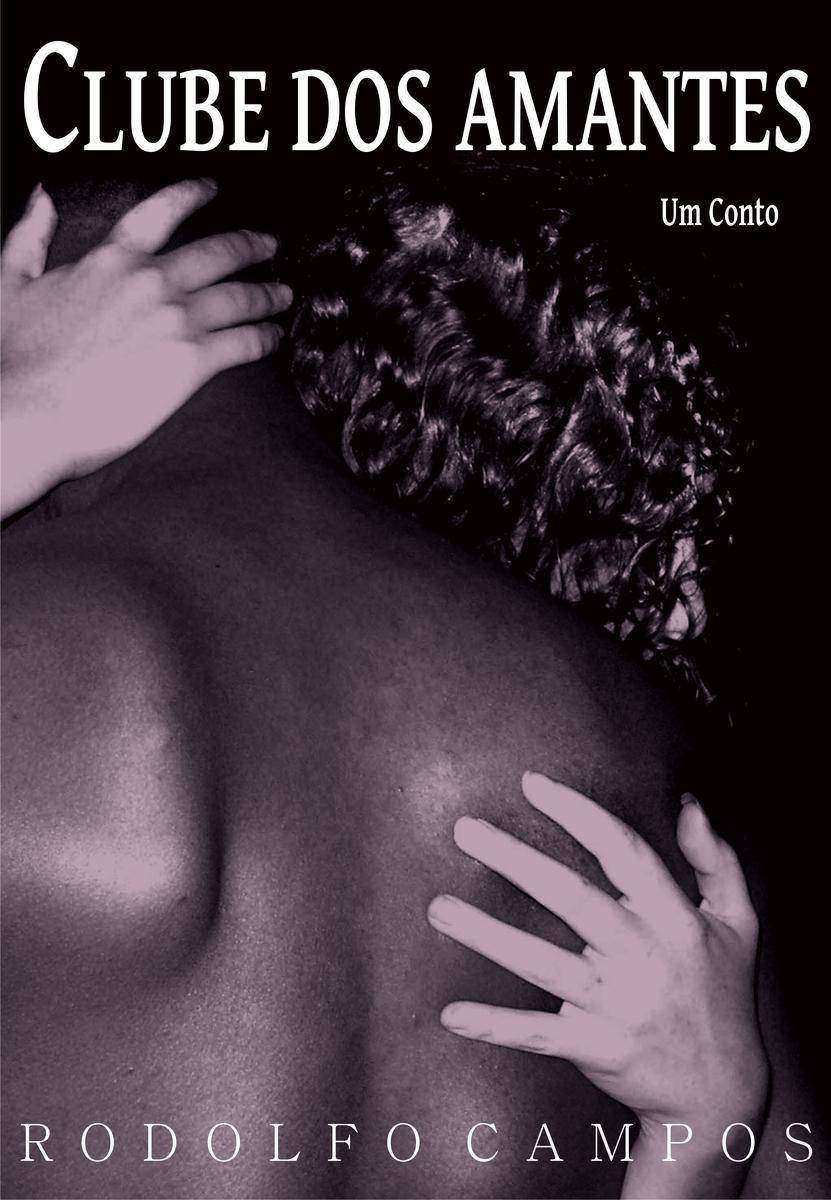
Clube dos amantes
¥8.18
Clube dos amantes

A empregada com boquinha de veludo
¥8.18
A empregada com boquinha de veludo

Ensaios de um escritor frustrado
¥8.18
Ensaios de um escritor frustrado

O que você deve fazer para aproveitar a black friday
¥8.18
O que você deve fazer para aproveitar a black friday

Fifty Horror Flash Fiction
¥8.18
Fifty Horror Flash Fiction

10 Basic Manners for Facebook
¥8.18
10 Basic Manners for Facebook

10 Maneiras de vencer uma discuss?o
¥8.18
10 Maneiras de vencer uma discuss?o

100 Coisas que um homem gostaria de ouvir de uma mulher
¥8.18
100 Coisas que um homem gostaria de ouvir de uma mulher

Como arrumar um namorado?
¥8.18
Como arrumar um namorado?
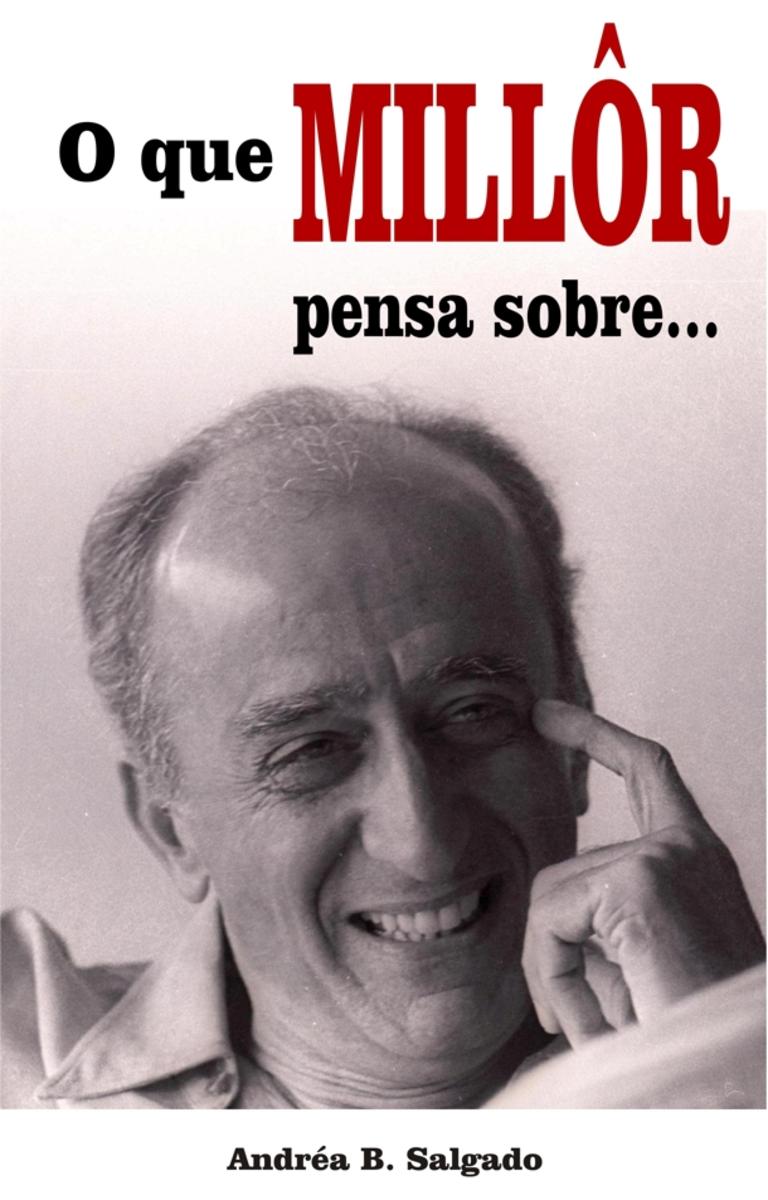
O que Mill?r pensa sobre...
¥8.18
O que Mill?r pensa sobre...
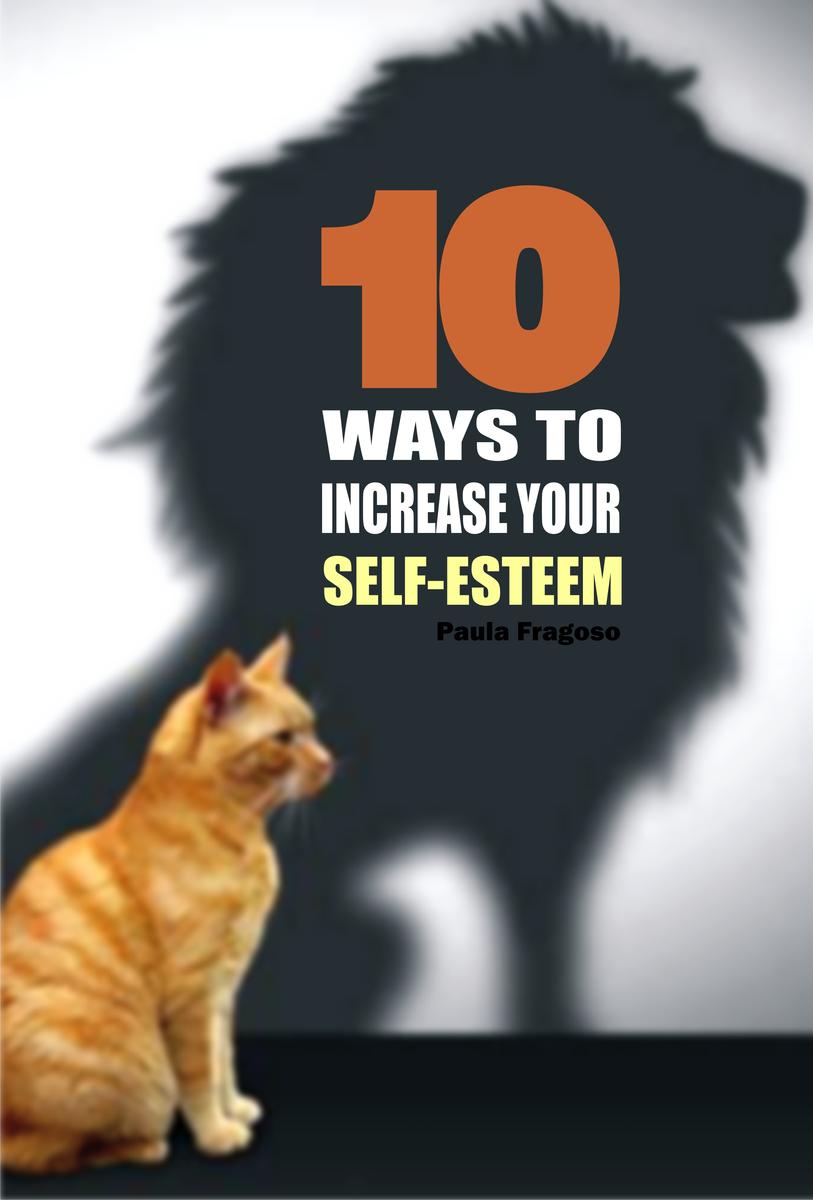
10 Ways to increase your self-esteem
¥8.18
10 Ways to increase your self-esteem

Eu gosto de apanhar na cara e outros contos
¥8.18
Eu gosto de apanhar na cara e outros contos

10 Receitas típicas da Bahia
¥8.18
10 Receitas típicas da Bahia

A Personal Mission Statement: Your Road Map to Happiness
¥8.18
A Personal Mission Statement: Your Road Map to Happiness
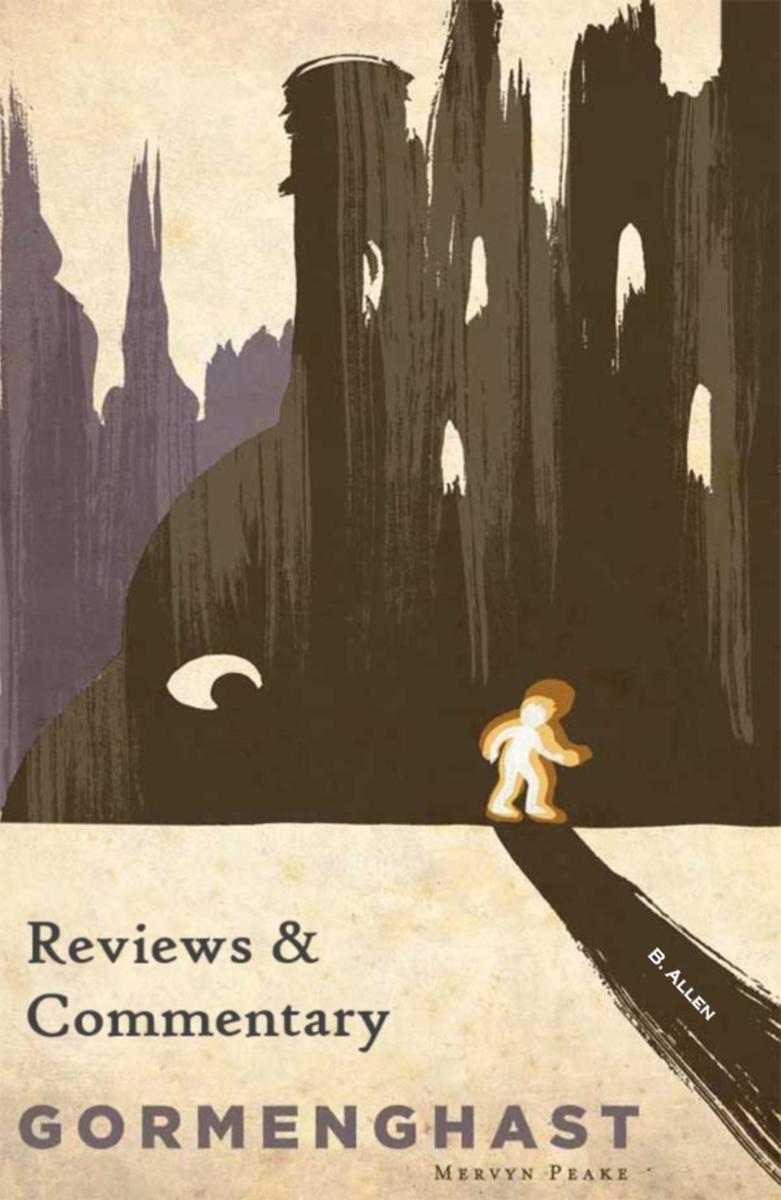
Gormenghast - Reviews & Commentary
¥8.18
Gormenghast - Reviews & Commentary

101 Provérbios chineses
¥8.18
101 Provérbios chineses

101 Fatos que você n?o sabia e nem procurou saber
¥8.18
101 Fatos que você n?o sabia e nem procurou saber

How to Say No
¥8.18
How to Say No
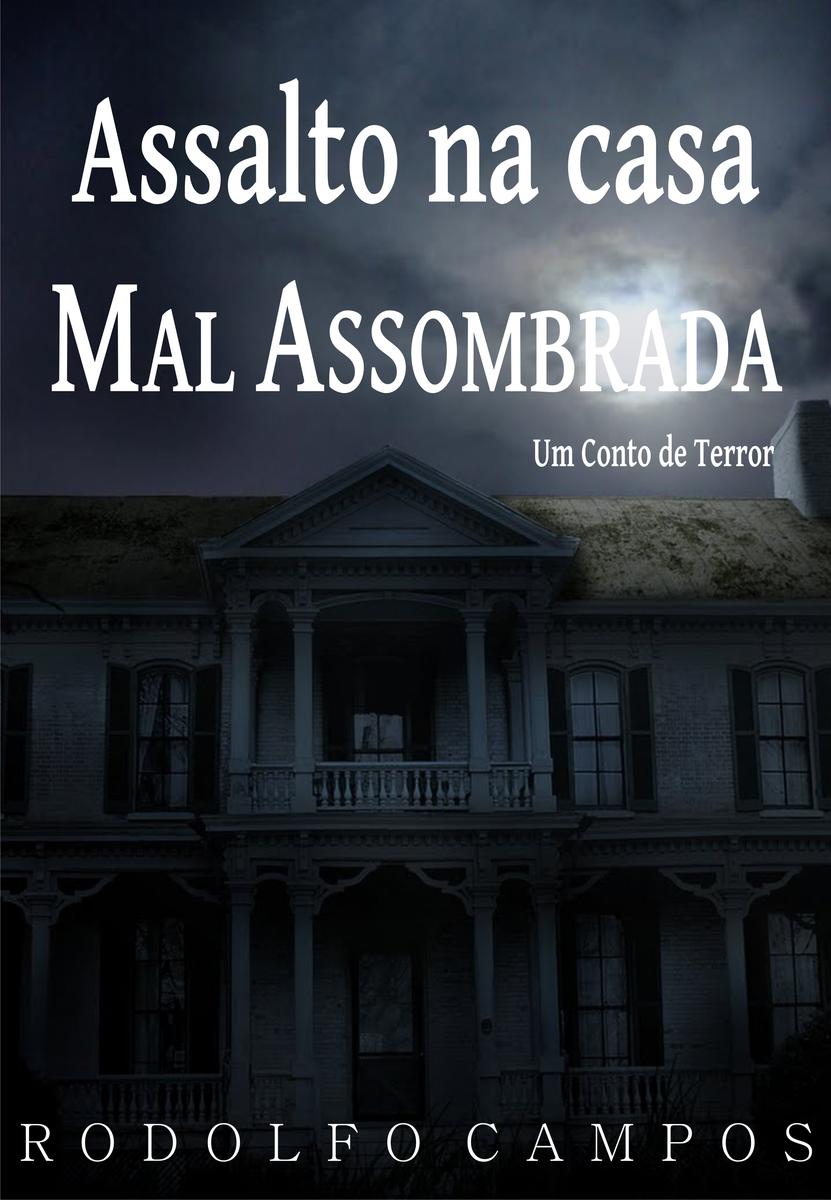
Assalto na casa mal assombrada: um conto de terror
¥8.18
Assalto na casa mal assombrada: um conto de terror

Alimentos e receitas para você combater a ansiedade
¥8.18
Alimentos e receitas para você combater a ansiedade

Um presente inesquecível de amigo secreto
¥8.18
Um presente inesquecível de amigo secreto




 购物车
购物车 个人中心
个人中心



